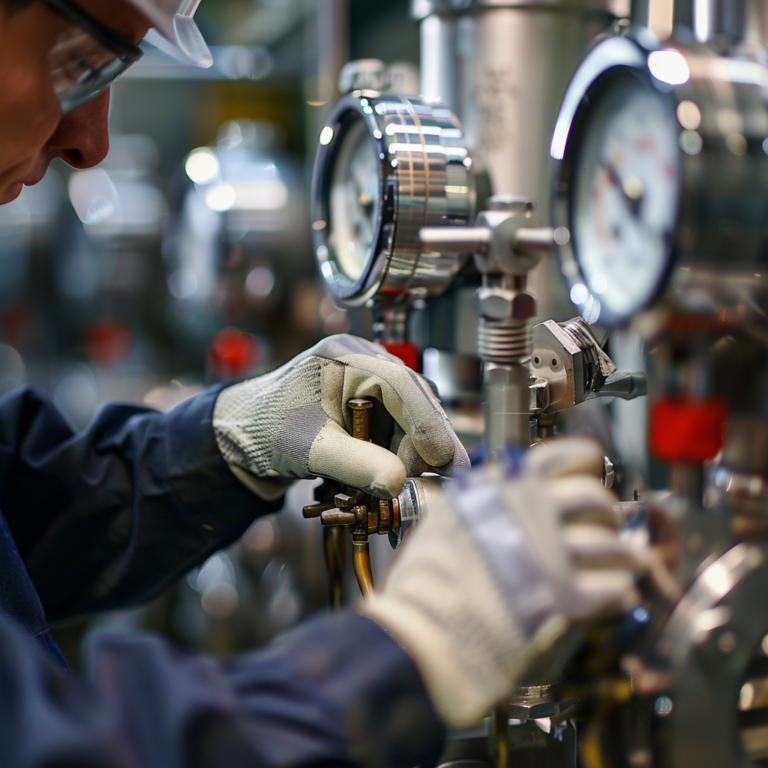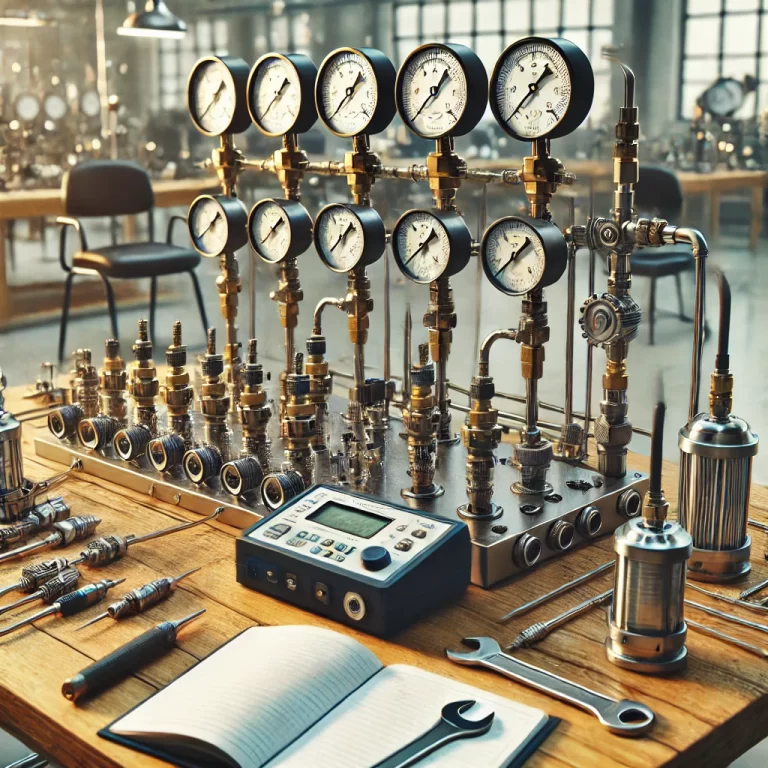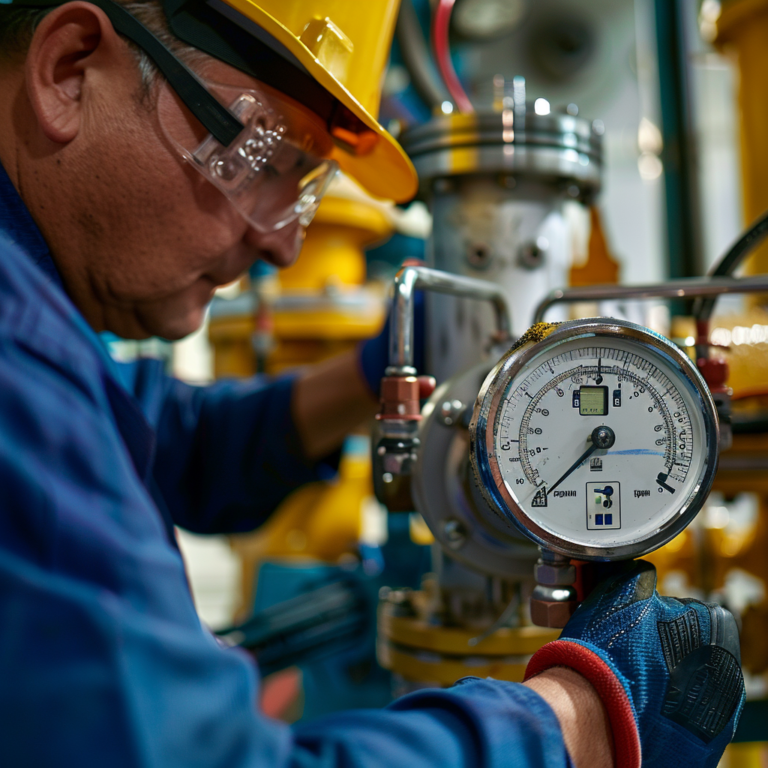When selecting a pressure sensor, several important questions are often raised regarding its operating environment. Questions such as: “What is the working environment for your pressure sensor?” “What is the temperature range of the measured medium?” and “What is the environmental humidity where the pressure sensor will operate?” These questions are essentially asking about the working conditions of the pressure sensor, which are critical for ensuring its accuracy and longevity.
The Impact of Environmental Conditions on Pressure Sensors
Pressure sensors are highly sensitive to their surrounding conditions. If a sensor is subjected to a high-temperature, high-humidity environment over an extended period, this can accelerate the aging process of the sensor, interfere with its accuracy, and reduce its stability. Such extreme conditions can lead to sensor failure or drift, which in turn affects measurement precision.

Typical Operating Temperature and Humidity Ranges
For most applications, the pressure sensor is designed to measure media temperatures ranging from -40°C to 85°C, and the sensor itself can operate within this temperature range as well. These types of sensors are commonly used in fields such as mechanical engineering, industrial automation, hydraulic and pneumatic measurements, and industries like petrochemical, food production, and medical sectors.
However, some industries deal with media that exceed 100°C, requiring pressure sensors with a higher tolerance to temperature. For instance, sensors used to measure media such as mud or crude oil may need to operate in temperature environments ranging from -40°C to 125°C. In such cases, it’s crucial to select sensors specifically designed to withstand these higher temperature limits.
Additionally, pressure sensors are typically designed to operate in environments with humidity levels ranging from 0% to 95% relative humidity (RH), with the condition that there is no condensation or dew formation. High humidity can affect sensor readings and potentially cause damage to the internal components.

Challenges in High-Temperature and High-Humidity Environments
When measuring steam or other high-temperature media, it’s essential to ensure that the temperature of the media does not exceed the sensor’s specified operating range. If the medium’s temperature approaches or exceeds the sensor’s maximum temperature, additional measures should be taken to protect the sensor and ensure accurate readings.
In such cases, it may be necessary to install cooling devices. A commonly used solution involves installing a heat sink or heat exchanger, which helps reduce the temperature of the medium before it reaches the sensor. If this is not sufficient to bring the temperature within the sensor’s acceptable range, it may be necessary to extend the pressure tubing and use a capillary tube along with a cooling system to dissipate heat more effectively.
For extreme cases, additional equipment, such as a condensation loop, can be installed at the pressure measurement port to reduce condensation and prevent it from affecting the sensor’s performance. These solutions are particularly useful when measuring media like steam, where high temperatures and condensation could otherwise lead to sensor failure.

Conclusion
The working environment of a pressure sensor plays a critical role in its performance and longevity. By understanding the temperature, humidity, and media conditions that the sensor will be exposed to, it becomes possible to select the right sensor for the job. Ensuring that the sensor operates within its specified environmental limits and implementing necessary protective measures, such as cooling systems or additional tubing, can significantly improve measurement accuracy and prolong the life of the sensor.
By addressing these considerations, industries can maintain the precision and reliability of their pressure measurement systems, minimizing the risk of failure and ensuring smooth operations.
